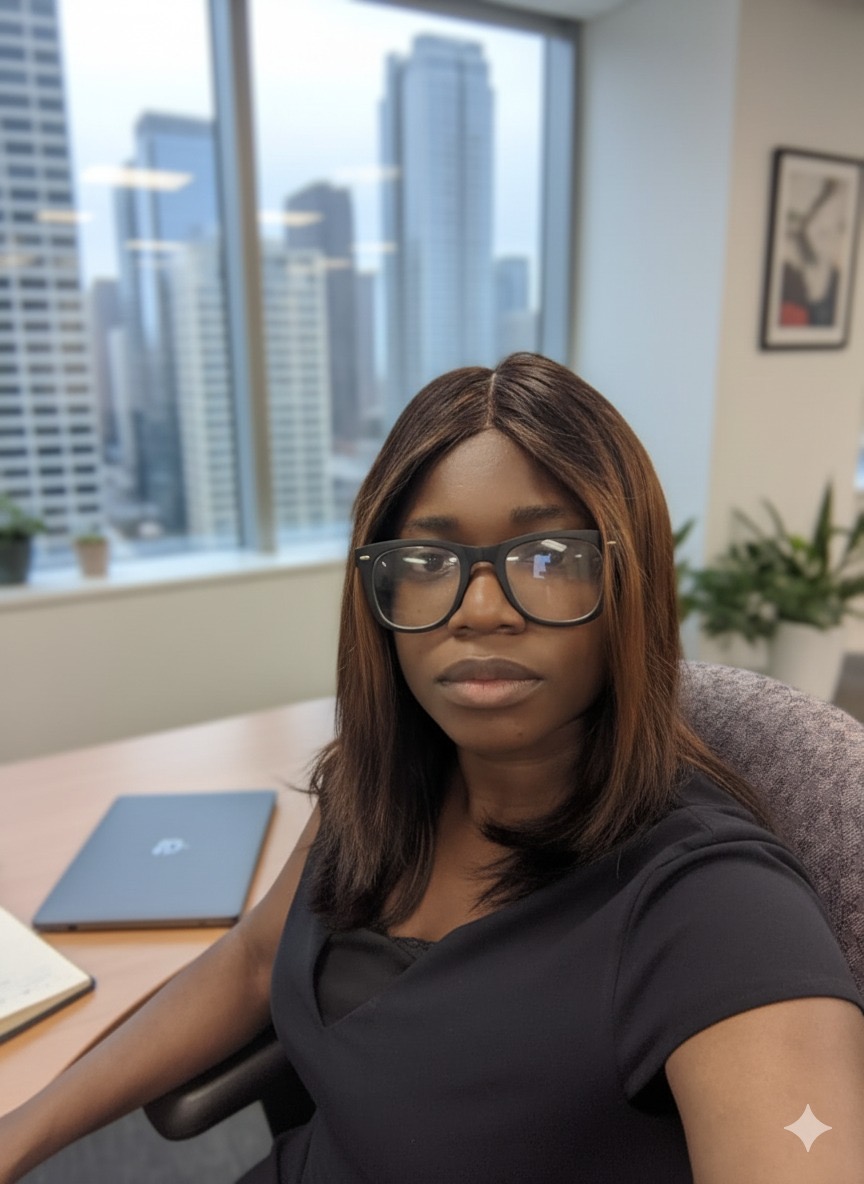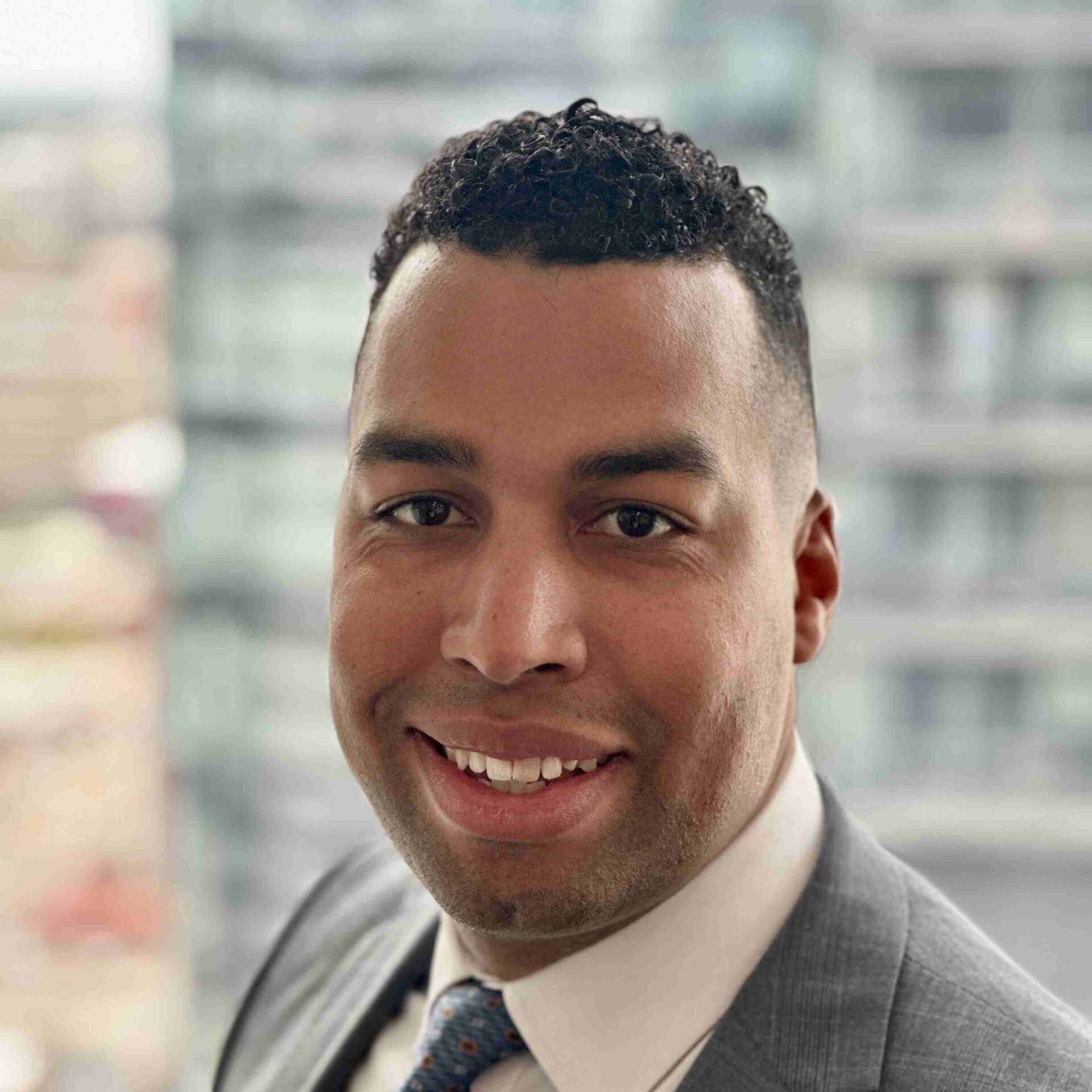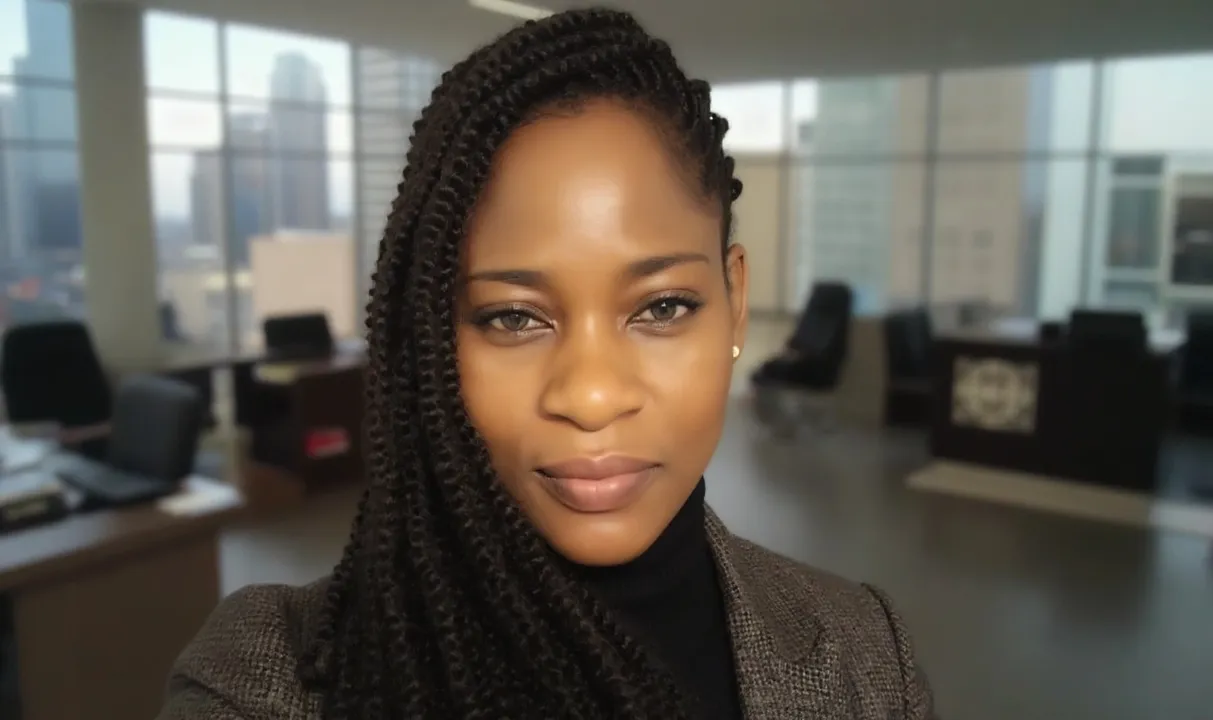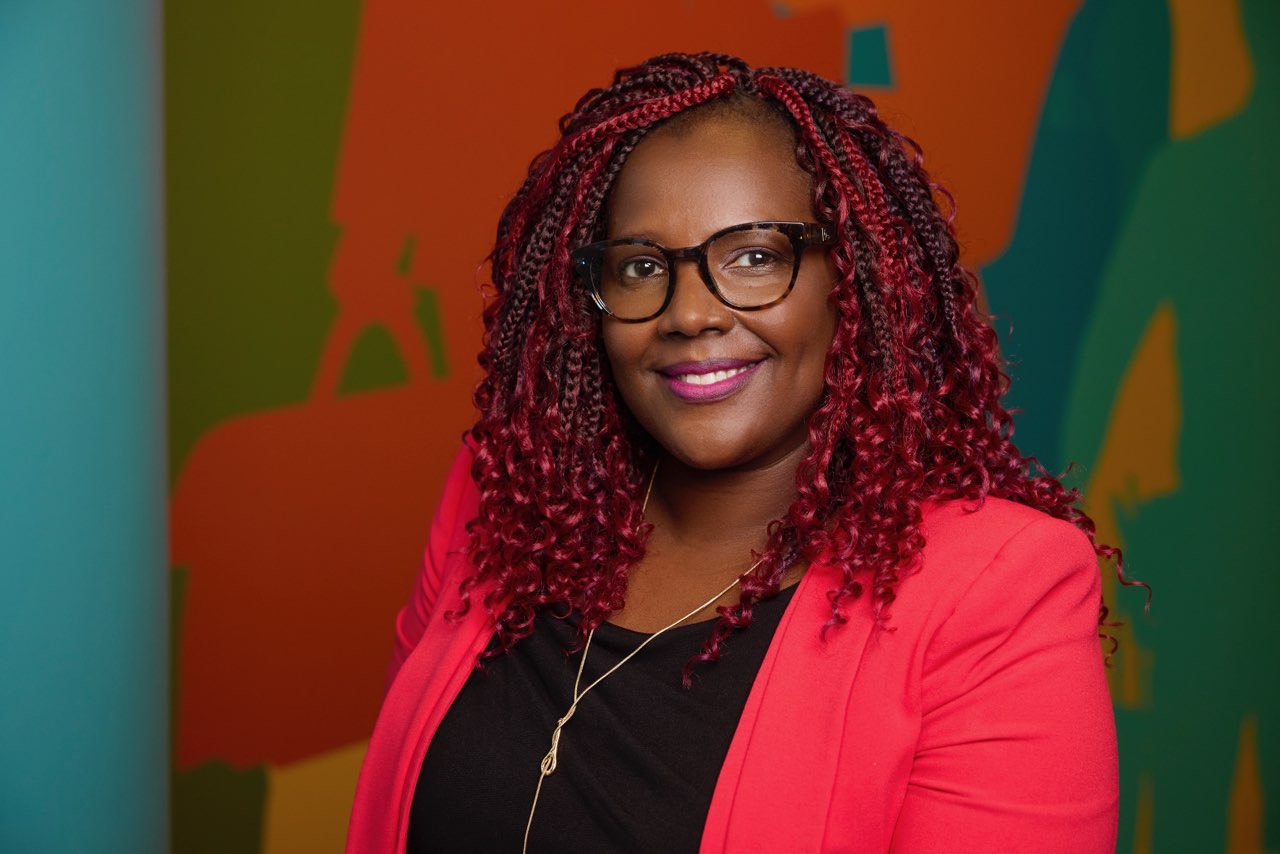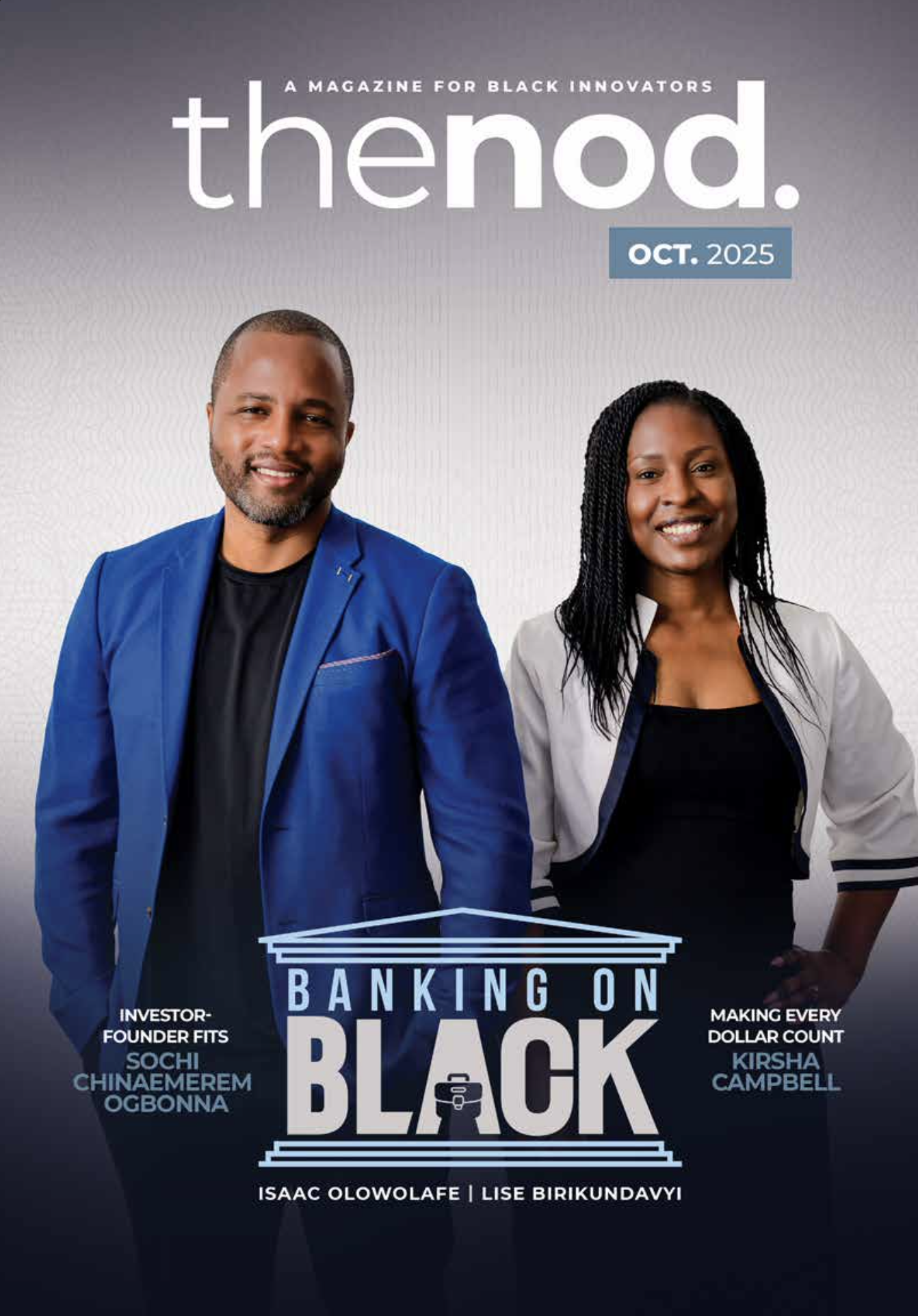As someone deeply committed to workforce equity, I’ve seen how often organizations claim to prioritize Diversity, Equity, and Inclusion (DEI), yet fall short of creating meaningful, lasting change. DEI is not just about representation or checking boxes by hiring more diverse candidates or posting inclusive job ads.
While visibility is important, true equity requires a deeper, systemic transformation. One that reshapes hiring practices, organizational culture, and leadership mindsets. Inclusion means ensuring that team members, especially those from underrepresented groups, are actively supported with clear growth paths and career development opportunities.
The Myth of One-Size-Fits-All Solutions
One of the most persistent myths I encounter is the idea that standardized recruitment strategies can drive equity across all contexts. But equity is more about sameness than it is about fairness. It’s recognizing and dismantling the systemic barriers that many, especially Black candidates, face: limited access to networks, unequal resources, and historical exclusion.
As a Black leader, I know firsthand that we need tailored strategies that acknowledge our unique experiences and challenges. Generic DEI initiatives won’t cut it. We need intentional, context-aware approaches that center access, power, and opportunity.
Accessibility and Opportunity
Posting a job publicly doesn’t automatically make it accessible. Many qualified Black candidates never see these opportunities due to limited networks, unconscious bias in screening, or a lack of outreach in the right communities.
Equity requires us to go beyond passive recruitment. It means building relationships with equity-deserving groups, redefining outreach strategies, and ensuring hiring processes are truly inclusive and fair. Building equitable hiring practices is a long-term commitment.
Practical Steps Toward Equitable Hiring
- Embed Equity into Core Strategy
DEI must be foundational, not an afterthought. That means setting measurable goals, reviewing job descriptions for bias, using blind screening, and diversifying interview panels.
- Cultivate Self-Awareness
Leaders must do the internal work, recognizing biases and creating psychologically safe spaces for learning and dialogue.
- Build Intentional Partnerships
I actively engage with community organizations, post-secondary institutions, businesses, and professional networks that serve Black professionals.
- Create Inclusive Work Environments
Recruitment is just the beginning. Retention and advancement require mentorship, sponsorship, inclusive leadership development, and fair performance reviews.
Embedding Equity from Day One
When I think about embedding equity, I always come back to intentionality. From the moment I step into a leadership role or help shape a new initiative, I ask: Who’s at the table? Whose voices are shaping this process?
What I do first is to engage with diverse voices early. Lived experience brings insight that data alone can’t capture. I’ve been in interviews where I was asked discriminatory questions like, “You sound exotic, where are you from?” or “You have an interesting accent.” While often framed as curiosity, the sting of being “othered” stays with you. I use these experiences to mentor others, teaching both candidates and interviewers the dos and don’ts of inclusive hiring.
I also take a “screen-in” approach. I look for transferable skills, emotional intelligence, and cultural competency, qualities too often overlooked by traditional filters. By shifting the focus to potential and lived experience, we open doors that might otherwise stay closed.
Feedback and Continuous Learning
Another critical step I take is building feedback directly into the hiring process. I ask candidates and new hires what worked, what didn’t, and where we can improve. One of my favorite questions is: “If you were hiring for this position, what qualities or skills would you be looking for?”
This helps gauge whether candidates understand the role while giving space to those who may find it culturally uncomfortable to “brag” about themselves. Instead, they reveal their values and insights indirectly.
Bias is real, and we must name it to address it. I invest in unconscious bias training, use structured interview guides, and pay attention to the small things, like pronouncing someone’s name correctly or being mindful of cultural nuance. These gestures matter.
Shifting to Skills-Based Hiring
In my work leading workforce strategy and inclusion across Alberta, one of the most powerful shifts I’ve seen is employers adopting skills-based hiring. It’s a game-changer for equity-deserving groups.
I’ve worked with talented individuals who didn’t follow a traditional path: community leaders, immigrants, or those reskilling after career transitions. Many hold advanced degrees but are told they’re “overqualified” or lack “Canadian experience.” These systemic barriers must go.
That’s why I encourage companies to focus on competencies through practical demonstrations, scenario-based interviews, or open conversations. A résumé rarely tells the full story. We also need to move away from vague “culture fit” assessments or overreliance on referrals, both of which reinforce bias. Structured interviews with clear scoring rubrics level the playing field.
Small Businesses Can Lead Too
Equity doesn’t require a big budget; it requires intention. Even small businesses and startups can build inclusive hiring practices. I recommend is partnering with post-secondary institutions. Offering co-ops, practicums, or capstone projects brings in diverse talent while developing inclusive habits early.
I also encourage small businesses to tap into the creativity of youth, students, and freelancers from equity-deserving communities. These collaborations are low-cost, mutually beneficial, and build authentic pipelines.
Government-funded programs such as Manpower’s Training for Work, Career Leap, Powering Up, Account Tech, Career Moves, Career Construct, and Career Reach provide targeted skills training at no cost to employers or participants. These initiatives remove barriers and diversify workforces without major financial investment.
Equity is a Continuous Commitment
AI-powered tools can also support inclusive hiring by flagging biased language in job descriptions, screening candidates based on skills rather than credentials, and identifying systemic gaps in hiring data. When used responsibly, technology can be a powerful ally.
Above all, I believe in transparency and intentionality. Be clear about your organization’s values. Inform candidates about the support available to them. Use inclusive language. Create space for feedback.
And remember: DEI isn’t a one-time initiative. It is a continuous commitment that lives in everyday decisions. Equity and inclusion don’t have to be expensive. They simply have to be real.
Learn more about building inclusive workplaces with Angelah.





